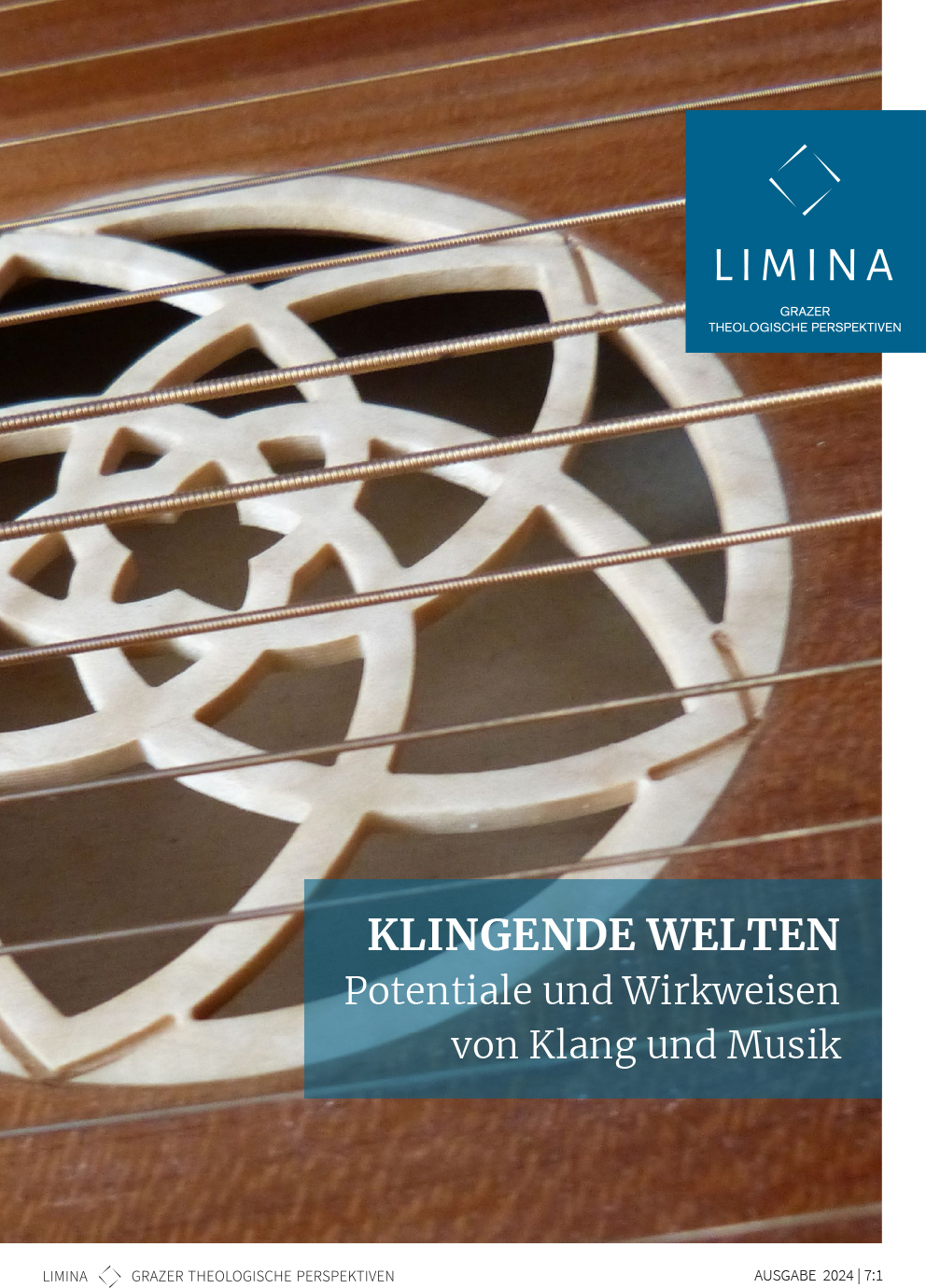New paths in Gregorian chant A liturgical model for a pastoral renewal of the Church
Main Article Content
Abstract
Over the last decades, the Catholic Church in Europe has entered a period of acute crisis. At the same time, our secularised society is continuously searching for forms of lived hierophany. People long for a relationship with The Sacred.
Gregorian chant is the cradle of Western musical culture. Its origins can be traced back to the 9th to 10th centuries and show a highly developed tradition of song and rhetoric with strong theological influences. These musical prayers from the Middle Ages still resonate in our modern age. In the 21st century, Gregorian chant can open up new possibilities, not only for trained concert singers, but also for church musicians/liturgists performing pastoral ministry. The Catholic Church could offer an answer to society’s spiritual thirst through Gregorian chant. Professionally trained church musicians could present these song prayers as a form of lived theology and an experience of evangelisation. Voice training and religious education would underpin this kind of pastoral work. With its deep spiritual roots, Gregorian chant offers an excellent source of energy for people looking for new inspiration and motivation. The creation of a dual ministry – church musicians/liturgists in parishes – could promote these forms of pastoral ministry and reinvigorate Church practices. The various forms of sacred music and especially Gregorian chant can offer an effective pastoral means to respond to the spiritual crisis of the Church and society today.
Article Details

This work is licensed under a Creative Commons Attribution 4.0 International License.
The author(s) retain copyright without any restriction.
LIMINA provides immediately upon publication open access to its content. The content of this journal is licensed under the Creative Commons Attribution 4.0 International Licence. By submitting a contribution, the author(s) agree(s) to the terms of use of the CC BY licence.

